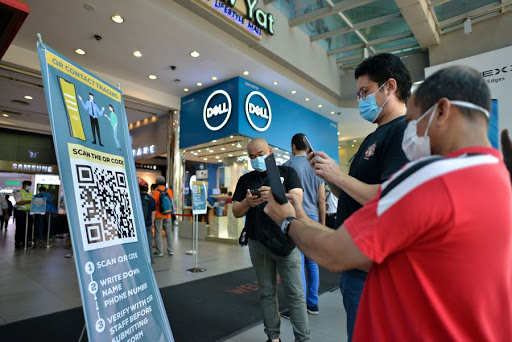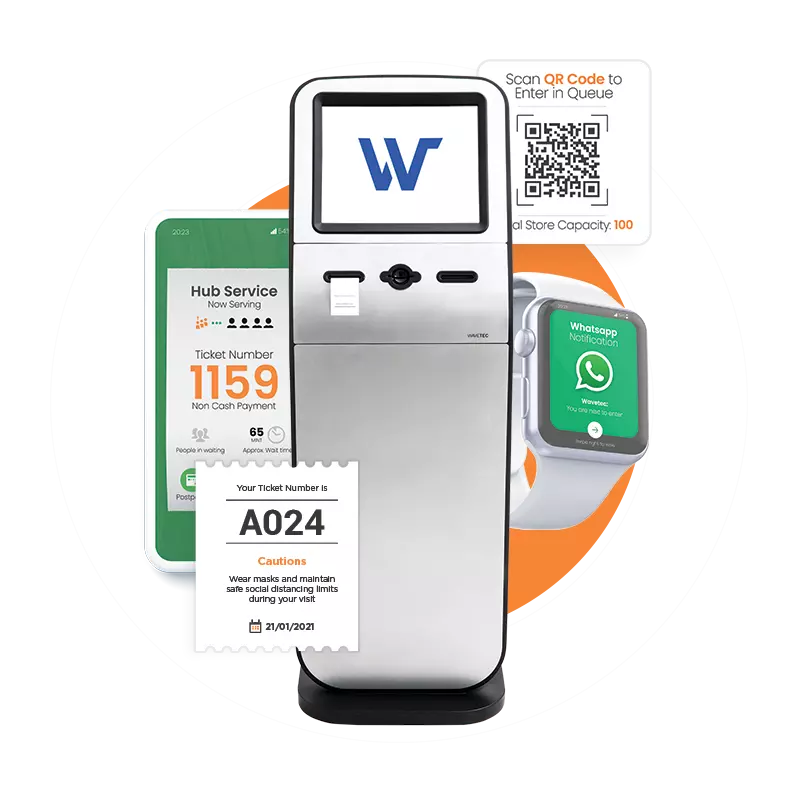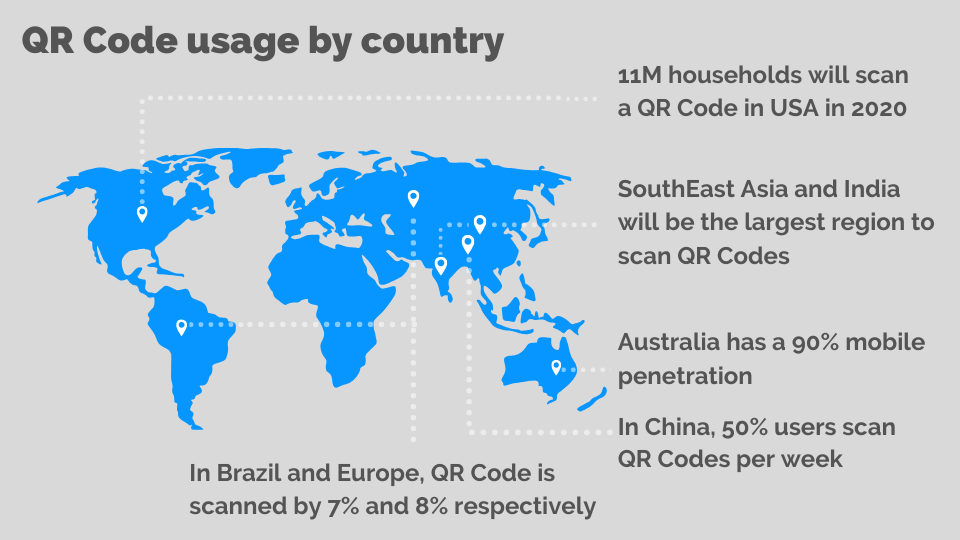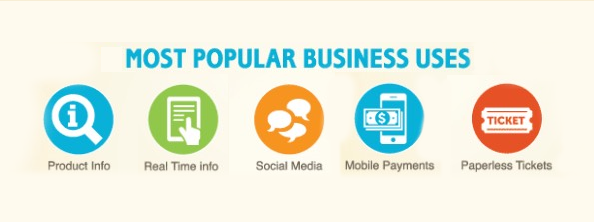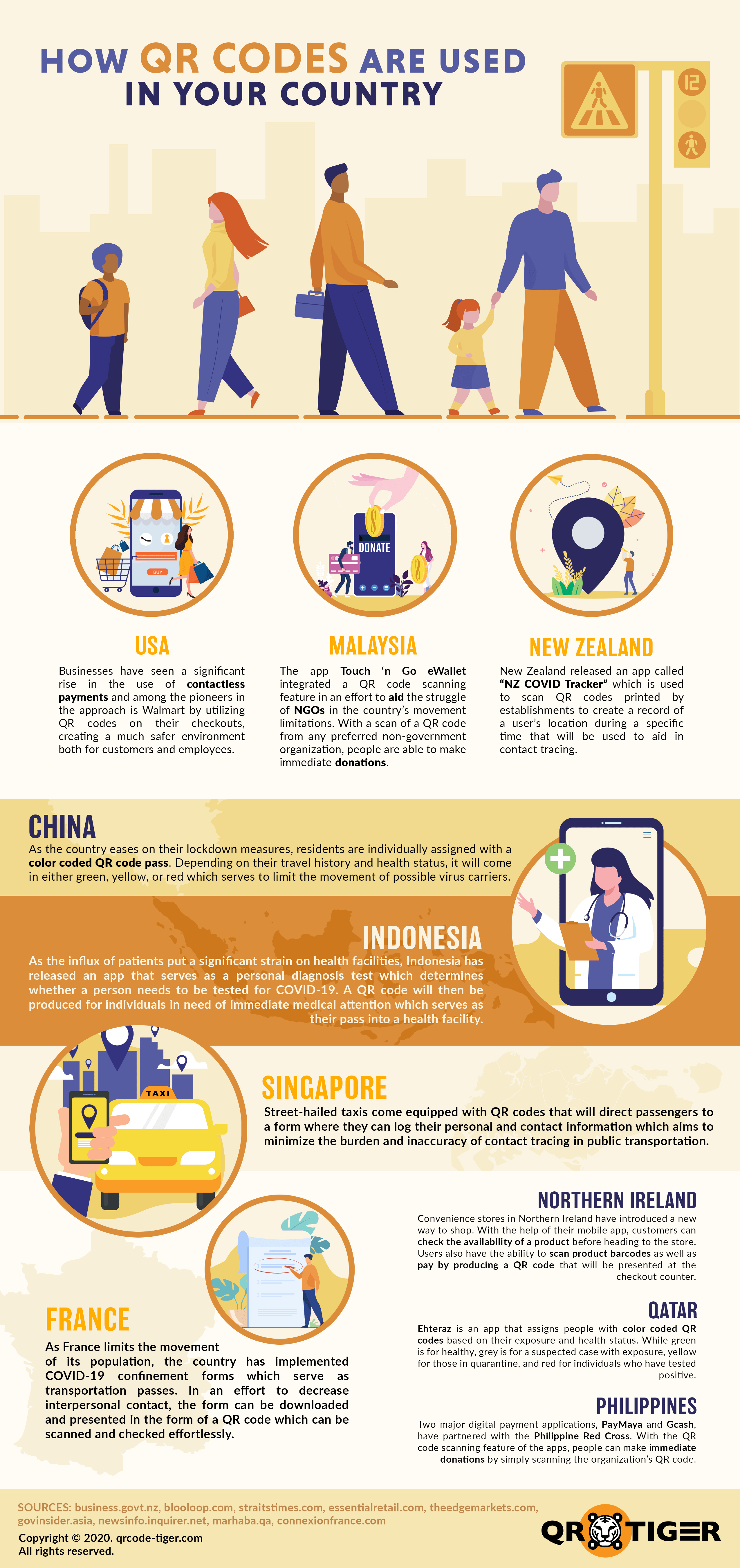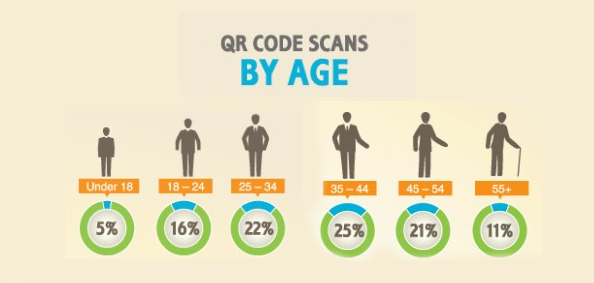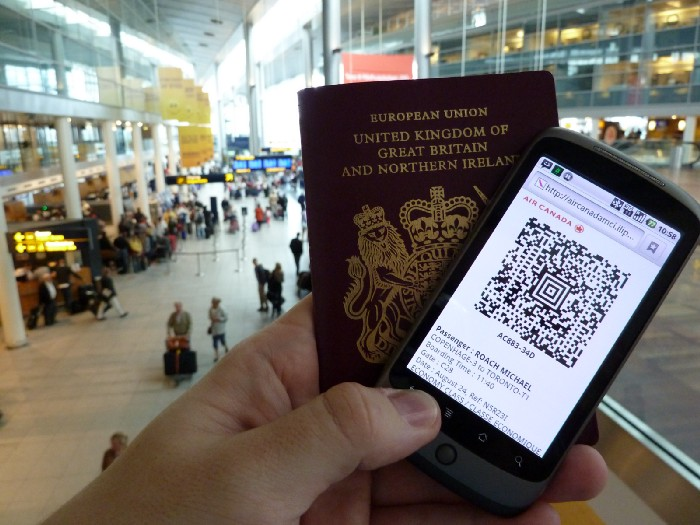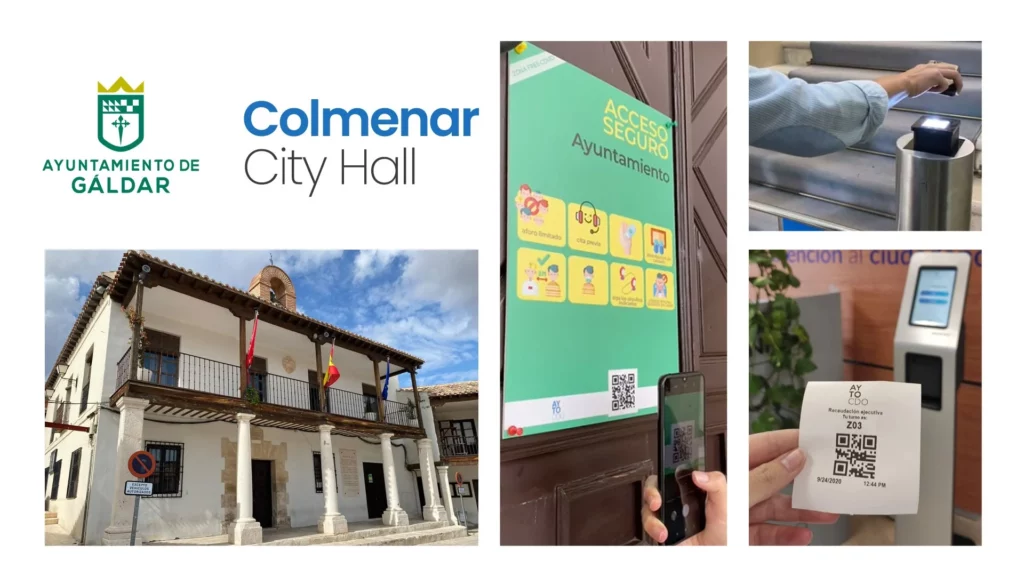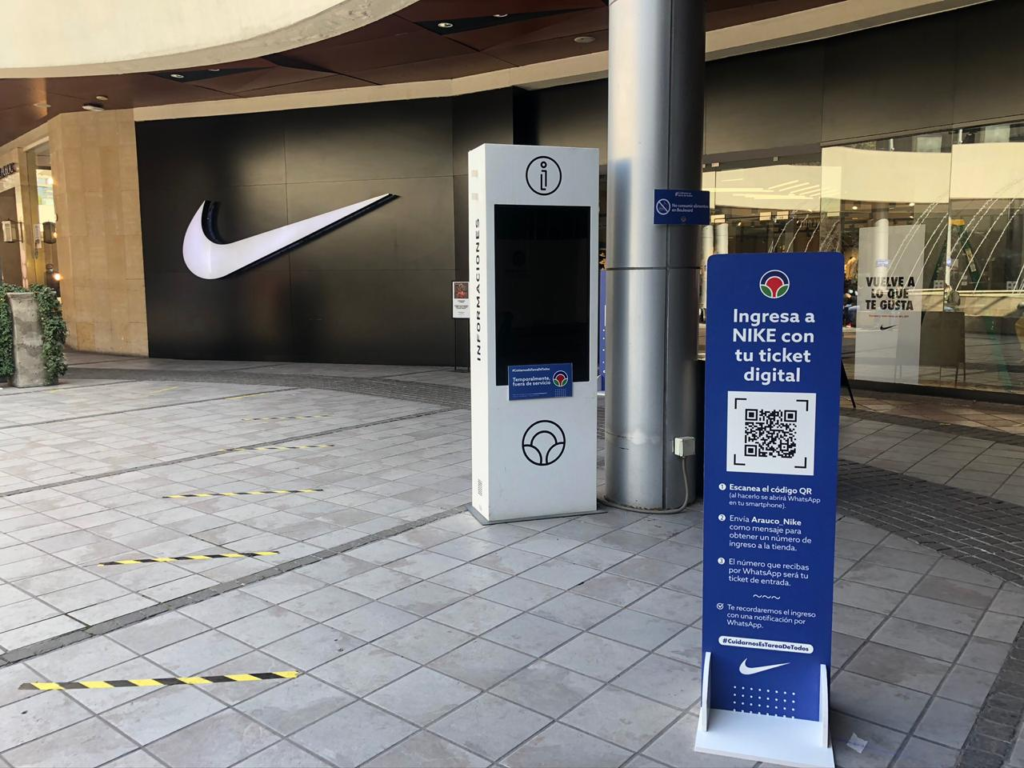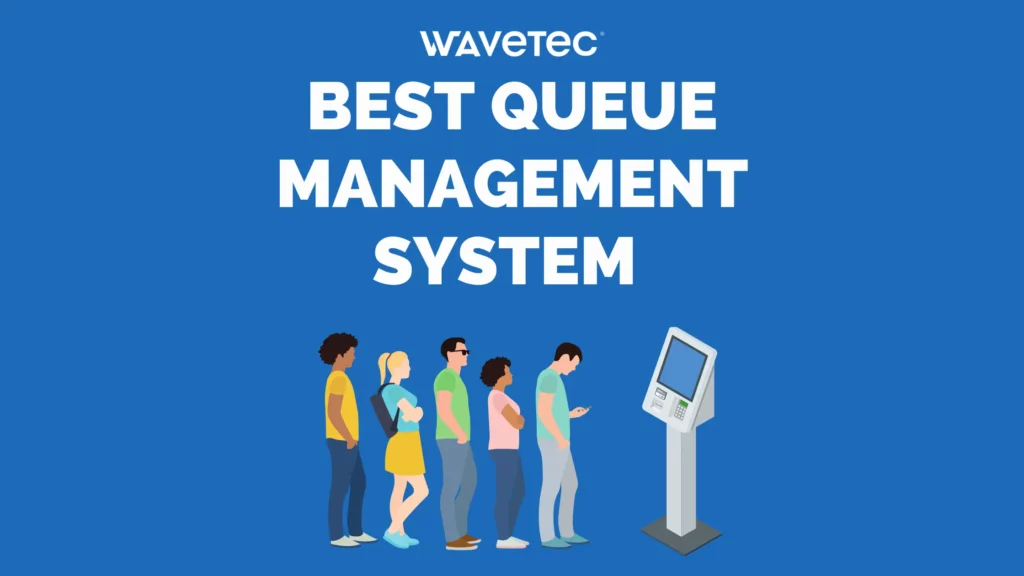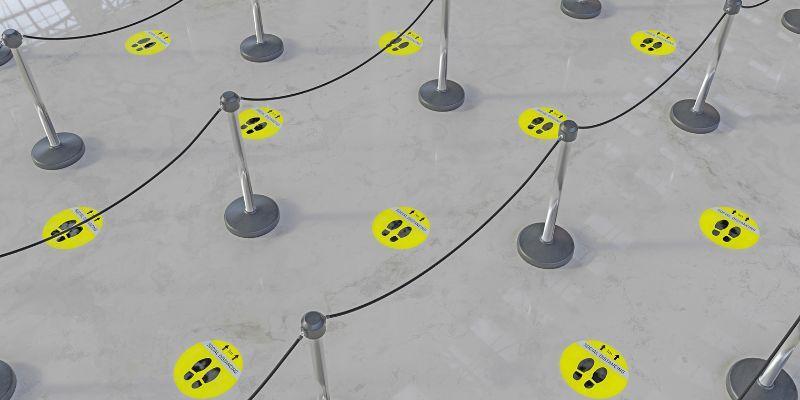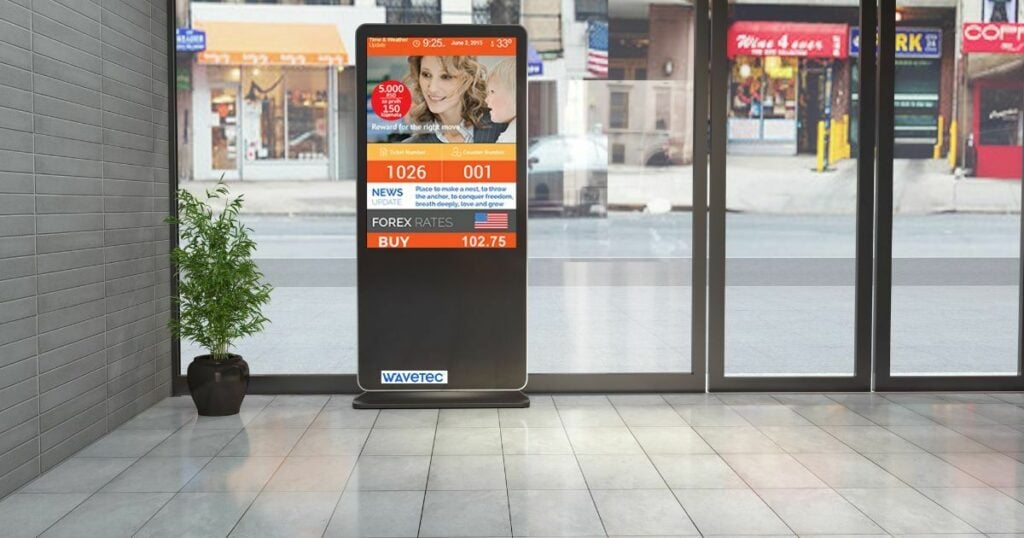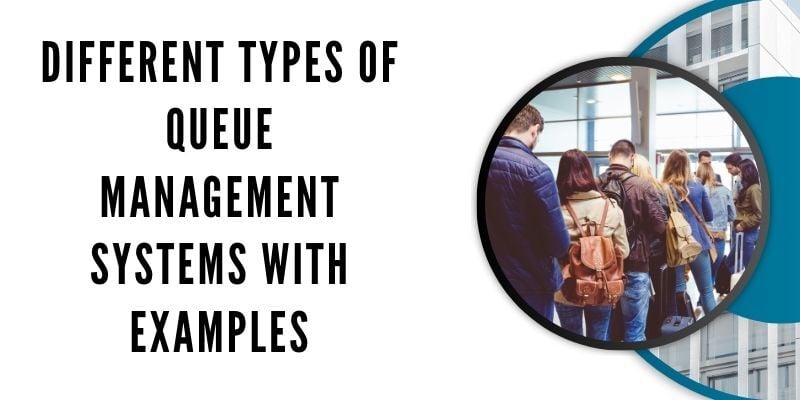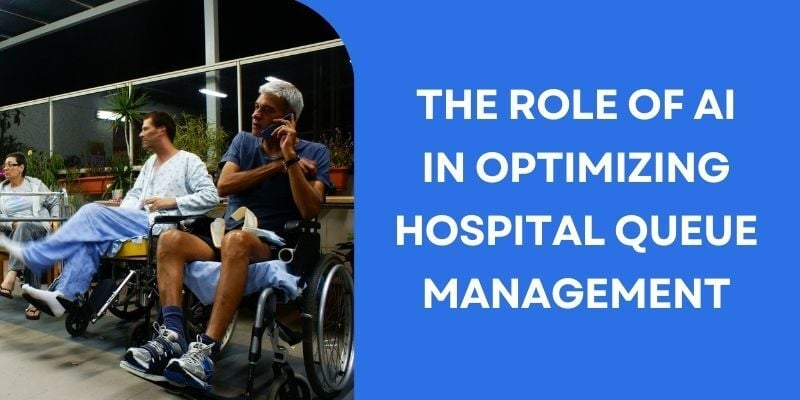In uncertain times, a unique tool came to the rescue: the QR Code Queue System. When the pandemic hit, businesses needed a safe way for customers to wait in line. That’s where this system stepped in.
It made waiting easy and secure. And here’s the exciting part—it’s not just for emergencies. It’s an intelligent tool we use today to manage lines better.
Whether at the grocery store or your favorite café, this system keeps things running smoothly. It’s like a superpower for making queues a breeze! Let’s dive in and discover how it works and why it’s here to stay. Get ready to be amazed!
What Are QR Codes?
QR code, or Quick Response code, is a type of matrix barcode that a smartphone can read swiftly. Via a machine-readable optical label, these give the user information about the object or service – usually redirecting them to a website or application.
They were invented in 1994 in Japan for use in the automobile industry, where the speed and breadth of information it contained meant it was quickly adopted and popularized!
Today, they are widespread, evolving into household names and simplifying life – especially during the pandemic, as they best complement contactless solutions.
What is a QR Code Queue Management System?
QR codes, highly versatile, find applications in various settings. They are powerful tools for marketing, POS services, labeling products, managing loyalty programs, and offering rewards.
Among these uses, their integration into the chosen QMS, particularly for virtual queuing and mobile appointments, stands out as paramount.
Through the QMS, QR codes can be swiftly generated and either printed or displayed on screens. This means that customers can join queues without physically being at the venue. This feature is especially crucial in QR queues and queue management systems.
Moreover, the inclusion of WhatsApp queuing further extends the convenience and accessibility of this dynamic queuing solution.
QR Codes and Queue Management Solutions: A Perfect Match
In today’s fast-paced world, businesses need innovative tools to streamline customer experiences. QR code queue system has emerged as a game-changer during the pandemic and in today’s dynamic environment.
- Efficient Queueing Hero: QR codes simplify customer journeys by eliminating the need for manual data entry. They offer a standardized, contactless, and socially distanced experience, ensuring a seamless process for customers given that QR code max text length is also manageable.
- Integration with WhatsApp: QR codes seamlessly integrate with WhatsApp, a globally recognized platform. This allows for real-time notifications, queue updates, estimated wait times, and even video-calling assistance from relevant staff.
- Virtual and WhatsApp Queuing: These codes extend beyond physical queues, enabling virtual and WhatsApp-based queuing systems. Customers can access informational materials, making the process more informative and engaging.
- Enhanced Analytics and Insights: Businesses gain valuable insights into customer behavior and preferences by tracking QR code usage. This data helps optimize staff allocations and enhance overall operational efficiency.
With the winter holidays around the corner, businesses must be prepared for increased customer traffic. Implementing QR codes and queue management solutions is a strategic move towards ensuring a safe, efficient, and enjoyable customer experience in today’s rapidly evolving landscape.
How Does the QR Code Queue System Work?
Incorporating a QR Code Queue System streamlines the queuing process, offering a convenient and efficient solution for businesses and customers alike. Here’s a step-by-step guide to how it operates.
- QR Code Scanning: Customers initiate the process by scanning a QR code prominently displayed at the venue. This QR code serves as the gateway to the virtual queue.
- Virtual Queue Assignment: The QR code queue system is integrated with sophisticated queue management software. This system assigns a unique digital ticket to each customer, indicating their precise position in the queue.
- Real-time Updates: Customers receive timely smartphone notifications, providing up-to-date information about their queue status. This eliminates the need for physical waiting and allows customers to maximize their waiting time.
- Approaching the Service Point: When it’s a customer’s turn, they receive a notification prompting them to approach the designated service point. This seamless process ensures a smooth and contactless transition.
By leveraging QR code queue systems, businesses can effectively manage customer flow, optimize service efficiency, and provide an enhanced experience for their patrons. This innovative solution reduces physical queues and aligns with the modern preference for convenient and tech-savvy interactions.
Benefits of Using a Queue Management System QR Code
Now that we know how a QR code queue system works let’s look at the advantages a business and customers can enjoy with its deployment.
1. Customers can opt for contactless check-ins
Queue management systems with QR codes allow customers to make an appointment or reserve their spot.
Customers do not have to wait, and it minimizes the need for physical contact. This is particularly useful in hospitals for patients and hotels for guests to enjoy a hassle-free check-in process.
Customers are given a QR code to scan using a phone’s camera or a QR code scanning app. This QR code is often presented via email, text message, mobile application, or a banner outside your facility.
Customers are directed to a web page or app after scanning the QR code, where they check in and enter personal information, such as their name, contact information, or reason for their visit. Customers receive a confirmation message upon completion of the check-in procedure.
2. Virtual Mobile Ticketing
Queue management systems can integrate QR codes to provide customers with an online ticketing process. You can provide your customers with a ticket number generated through the QMS on the phone instead of making them wait in lines to reserve a spot. This cost-effective solution saves you from investing in ticket machines and wasting paper.
3. Customers enjoy faster check-in times
Customers can quickly and easily scan QR codes, which reduces wait times and improves the efficiency of the queue management system.
On the contrary, physical queueing requires customers to manually fill in personal information on paper or wait in line to communicate that information at the counter.
4. Prevent overcrowding in waiting areas
Integrating QR code queueing into your system is a straightforward method to control crowd size. High-quality, high-contrast QR codes allow scanning from several meters away.
Linked with QMS, customers enjoy virtual queueing, knowing precisely when it’s their turn. With a defined QR code text limit, this system guarantees an efficient customer experience.
5. QR codes are error-free and improve accuracy
QR codes eliminate the risk of errors that can occur with manual check-in processes, such as typos or incorrect data entry when filling forms with personal information.
6. A multipurpose solution that can be used in different settings
QR codes find applications in diverse settings, from clinics to retail stores. They efficiently guide customers to your company’s landing page, facilitating sign-ups for virtual queuing and introducing other Calls to Action (CTAs).
Employing QR code queue systems enhances customer experience, ensuring seamless queuing. Additionally, integrated with people counting, these systems provide valuable insights for efficient crowd management.
7. Cost-effective solution by using staffing resources efficiently
Implementing a QR code in a queue management system is more cost-effective than hiring additional staff to manage queues manually.
It also reduces the need for printing physical tickets and other materials, saving money on paper and ink. QR codes are inexpensive to produce and can be easily printed or displayed on digital screens, making them a cost-effective option for businesses of all sizes.
8. Enhanced customer experience
A contactless and streamlined queuing process with QR codes means less customer queuing anxiety. They do not have to worry about arriving hours early at the facility to reserve spots.
This, in turn, helps to improve the overall customer experience and boosts satisfaction by providing a contactless and streamlined queuing process with your company.
9. Real-time updates with data
QR codes can be integrated with queue management software to provide real-time data on wait times, customer flow, and other metrics. Customers scan the QR code to find their position in the virtual queue, estimated wait time, and any delays.
With QR codes, customers will know when it is their turn to be served, minimizing the need for physical waiting in busy places. This has made tracking service times and recording each customer’s projected service time easier for businesses.
How To Create A QR Code Queue System?
Implementing a QR Code Queue System can significantly enhance customer experience by eliminating physical queues and streamlining the waiting process. Here’s a straightforward step-by-step guide:
- Select a Reliable Queue Management Software: Choose a robust software solution that seamlessly integrates with QR code technology.
- Generate Unique QR Codes: Use queue management software to create individualized QR codes for each customer.
- Link QR Codes to Virtual Queues: Configure the QR codes to direct customers to a virtual queue, eliminating the need for physical waiting.
- Provide Clear Instructions: Display concise instructions on scanning the QR code and joining the virtual queue via digital signage.
- Integrate Notifications: Set up a notification system to alert customers when it’s their turn for service.
- Test the System: Conduct thorough testing to ensure the QR Code Queue System functions smoothly and efficiently.
- Train Staff and Inform Customers: Educate staff members on how to assist customers using the QR code system and provide clear signage and instructions for customers.
- Monitor and Adjust: Regularly assess the system’s performance and make necessary adjustments to enhance efficiency.
By following these steps, businesses can successfully implement a QR Code Queue System, providing customers with a convenient and seamless experience. This technology improves operational efficiency and aligns with the modern preference for contactless interactions.
How Popular is QR?
And with 90% of the world population gaining access to high-speed internet by the end of 2020, perhaps now is the time to adopt the code everyone is raving about.
Who Uses QR?
1. Purpose
2. Age Demographic
3. Industry
1. Travel and Leisure
78% of people said they looked for contactless solutions in travel searches, the most popular being QR codes! They can be used in all facets booking flights and accommodation, making payments, signing in, etc. The arts, as discussed in another blog post, could and have benefitted from using these codes to keep patrons safe.
They also serve the leisure sector well in restaurants, bars, cafes, clubs, etc.
2. Healthcare
These codes can be utilized to store medicine information/labels, brochures, and information manuals. They can also help book appointments, manage queues, deliver notifications to waiting customers, gather feedback, and respond swiftly to queries or complaints.
A Belgian hospital deployed AI with QR code scanning ability to identify individuals, gauge whether staff and patients are wearing masks, and determine their temperature.
The NHS launched a Covid-19 app that made use of QR codes to track customer journeys.
3. Banking
QR codes help with pre-stage transactions, booking appointments, reducing wait times, and giving feedback while staying safe and socially distanced! They allow for direct payment options that are credited faster than other mobile wallet solutions and with less additional supporting equipment and software.
How To Use Queue Management System QR Code At Your Business?
Choosing an ideal QMS is a challenge for which you must consider certain factors. We have simplified the process for your ease. Let’s follow the steps:
You first need to choose a QMS service provider that fits your real-time updates, notifications, and analytics requirements. It is critical to select a vendor with a centralized managed QMS system, globally known for its scalability. Choose a QMS that can integrate third-party apps to display QR codes and promote virtual mobile ticketing.
Once you have decided on a supplier, you should collaborate closely with them to customize the QMS to your unique needs. This procedure includes tailoring a roadmap of queuing, branding it to your company’s needs, and including the QR code in the design.
QMS is offered on two systems: a cloud-based system requiring little hardware and an on-premise system requiring a more thorough installation. The system generates a unique QR code for each customer or transaction, which the customer can scan to join the queue. Print the codes, or install screens with QR codes and post them in prominent places near the door, service counters, or waiting areas where customers can instantly scan them.
Train your employees on correctly using QR codes within the QMS so they can communicate and encourage consumers on the advantages of virtual queuing with QMS. Use your QMS’s analytics to track line length, wait times, and customer feedback. This data can assist you in optimizing the queue and improving the overall client experience.
Examples of Queue Management System QR Codes in Practice
If you have been wondering what it means for businesses to adopt a QMS with QR codes, the case point from a leading global fashion retailer, Zara, will speak of the system’s success.
The much-awaited opening of stores post-pandemic was met by Zara and its parent company, Inditex, investing in measures to maintain social distancing. The company had to adopt techniques to minimize contact and regulate store occupancy for maximum safety of the staff and the customers.
To solve the significant wait times and complaints in stores, especially during peak hours, Zara partnered with Wavetec to implement the WhatsApp Queuing Solution. The two main features of this include a virtual queuing system and a mobile app. This QR code-integrated QMS offers visitors QR codes to scan, open WhatsApp, and chat instantly. Customers will receive a virtual ticket for their choice of service, after which they immediately join a queue to reserve a spot.
Powered by Spectra for alerts and analytics, Wavetec allows WhasApp’s QR code QMS to be integrated with other tools. Following this, the Zara store also installed digital signages and SMS notifications to keep clients updated on expected wait times and any changes to queue status. With this technology, it was able to offer priority waiting queues, entertain multiple customers simultaneously, and keep customer satisfaction high.
Case in Point!
Wavetec has successfully deployed and operated visitor management systems in retail stores like Nike and in public offices like the City Hall in Colmenar. The proof is in the consumer trust and confidence, especially in times when neither is in too high a supply.
Does your Processor Support QR Code Scanning?
Up-to-date with your updates? 92% of Apple devices, especially smartphones, are QR-code-ready. For phones with an iOS 13 upgrade or higher, the camera app (including the use of the flashlight for better visibility) is equipped to read the codes quickly and more accurately. iPhones running on iOS 11 or lower need a QR code scanner app.
Similarly, with Android, any phone with an operating system Android8/Oreo and above does not require a separate app, while those version 7 and below do.
For those wary of updates, unwilling or simply uninterested, here is a list of the top 5 free QR code scanner apps for both iOS and Android:
- Kaspersky’s QR Code Reader and Scanner,
- Neoreader Barcode Scanner,
- Barcode Reader,
- QR Code Reader by Scan,
- QuickMark Barcode Scanner
We’ve Just Made Our Own, Fancy a Try?

Interestingly…
- The more information added to the code, the more complex the strand, the larger the physical size
- iPhones are the most popular cellular device to scan with
- Women can more codes than men
- Besides China, the US leads the world in its use
QR Code Queue System – FAQs
What Is the QR Code Queue System?
The QR Code Queue System is a digital solution that allows customers to join a virtual queue by scanning a QR code, eliminating the need for physical waiting in lines.
What Is the Algorithm for QR Codes?
QR codes use Reed-Solomon error correction to encode information. This algorithm enables the code to withstand damage or distortion while still being readable.
What Is the Purpose of a QR Code?
The purpose of a QR code is to store and transmit data efficiently. It’s widely used for various applications, providing quick access to information, links, and digital experiences.
How Can One Scan QR Code Queue System?
Individuals can use their smartphone’s built-in camera or a QR code scanner app to scan a QR Code Queue System. They point the camera at the code to initiate scanning.
Why Should One Use A QR Code Queue System?
Utilizing a QR Code Queue System enhances customer experience by providing a contactless and efficient way to join queues, reducing physical wait times and ensuring a safer environment.
Conclusion
The QR Code Queue System is a technological marvel, revolutionizing how customers interact with queues. Its seamless integration with virtual queuing eliminates physical wait times and prioritizes safety in today’s dynamic environment.
The algorithm behind QR codes ensures robust data encoding, exemplifying their efficiency in transmitting information. Their widespread use is a testament to their purpose: quick and accessible data retrieval.
By adopting this system, businesses can offer an elevated customer experience, aligning with the modern preference for contactless interactions.
Embracing the QR Code Queue System isn’t just a step forward; it’s a leap into a future where efficiency and safety unite, transforming how we navigate queues and spaces.
With its potential to revolutionize customer service, it’s clear that this technology is poised to play an integral role in the evolution of queuing systems.
BOOK A FREE DEMO
